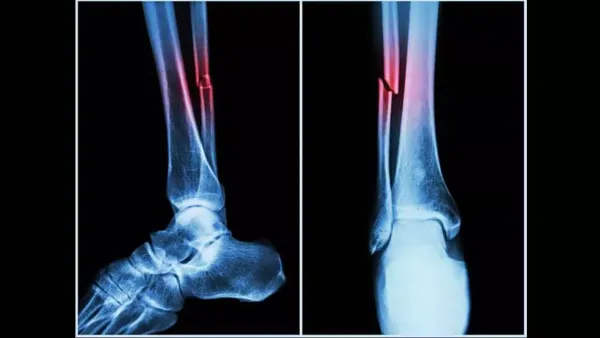
Using regular bone density scans, researchers from Australia and Canada have created a state-of-the-art machine learning system that can quickly predict the risks of heart disease and fractures.

According to the Xinhua news agency, the invention, which was created by researchers from Edith Cowan University (ECU) in Australia and the University of Manitoba in Canada, may lead to more thorough and early diagnoses during routine osteoporosis screenings, improving outcomes for millions of older adults.
In order to identify abdominal aortic calcification (AAC), a crucial sign associated with heart attacks, strokes, and falls, the automated system examines vertebral fracture assessment (VFA) pictures.
AAC evaluation typically takes a skilled professional five to six minutes for each picture. According to the report, the new algorithm significantly improves the efficiency of large-scale screening by cutting that time down to less than a minute for thousands of photos.
According to Cassandra Smith, a research fellow at ECU, moderate to high levels of AAC were found in around 58% of older women who had regular bone scans. Many of these women were not aware of their increased cardiovascular risk.
“Women are recognized as being under-screened and under-treated for cardiovascular disease,” Smith said.
“AAC patients don’t show any symptoms, and this prognosis would often go undiagnosed if no special screening for AAC was done. Women have a much higher likelihood of receiving a diagnosis when this approach is used during bone density exams,” Smith said.
Marc Sim of ECU conducted further study, which showed that AAC is a powerful predictor of fractures and falls in addition to being a cardiovascular risk signal. In actuality, AAC performed better than conventional fall risk indicators such as prior fall history and bone mineral density.
In fall evaluations, doctors usually ignore vascular health; a new algorithm changes that. “The higher the calcification in your arteries, the higher the risk of falls and fractures,” Sim said.
“Our analysis uncovered that AAC was a very strong contributor to fall risks and was actually more significant than other factors that are clinically identified as fall risk factors.”
According to Sim, the new machine algorithm may help physicians better understand patients’ vascular health, an underappreciated risk factor for fractures and falls, when used with bone density scans.